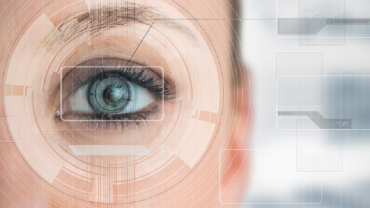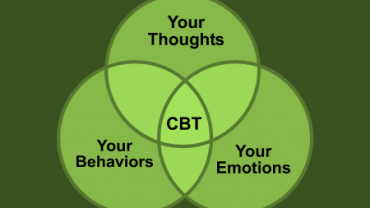If you are wondering whether or not your eyes are as good as they used to be, but you aren’t yet ready to take an eye exam, then take a look at these five steps instead. You might just be able to see for yourself just how farsighted you really are.

Remember, if you are experiencing trouble with your eyesight then it is best to seek out professional assistance with a digital acuity system. However, in the meantime, follow these steps:
Step 1. A Simple Assessment
If you are concerned about being farsighted, then you can quickly check by performing the following test. Consider looking at prints up close, do you have trouble and experience blurry vision? If you have farsightedness, then you may experience blurry vision both near and far. You may also struggle to discern print on newspapers and menus.
Step 2. How Do You Do When Your Eyes Are Tired?
It would help if you took into consideration how fatigued your eyes may be. If your eyes are feeling tired at the end of the day, you will struggle to have perfect vision for things that are up close. You may have mild farsightedness but may not realize it because your vision corrects itself, which is known as accommodation. However, when your eyes become tired, your vision will not be able to self adjust so efficiently, bringing to light the fact that you have mild farsightedness.
Step 3. Assess Headaches
Do you suffer from chronic headaches? Headaches can arise from straining your eyes. If you have spent the day looking at texts, then you may end up with a headache in the evening. If this is the case, then you may suffer from bad vision, and you should see a professional.
Step 4. Observe How Far Away You Need to Have Text To Read It
How far away do you place papers or your computer to see the words or images clearly? If you are between the ages of 40 and 60, then you could be developing Presbyopia which is a progressive disease and will begin to show signs around the mid-’40s. If you realize that you need to hold things further away in order to read them, then this progressive disease could be developing.
Step 5. Consider How Often You Squint Your Eyes
Sometimes a person can become so busy and preoccupied that they do not even realize that they are doing something. Try to pay attention to how often you squint your eyes- you may not even realize that you do it! When you squint your eyes to see clearly, you are trying to self-correct a refractive error. Both farsightedness and Presbyopia are the results of refractive errors.
Pay attention to how your eyes react in the above situations, and you will be able to asses just how good your vision really is. However, it is essential to seek out a professional’s opinion before you make any decisions about your eyesight.












